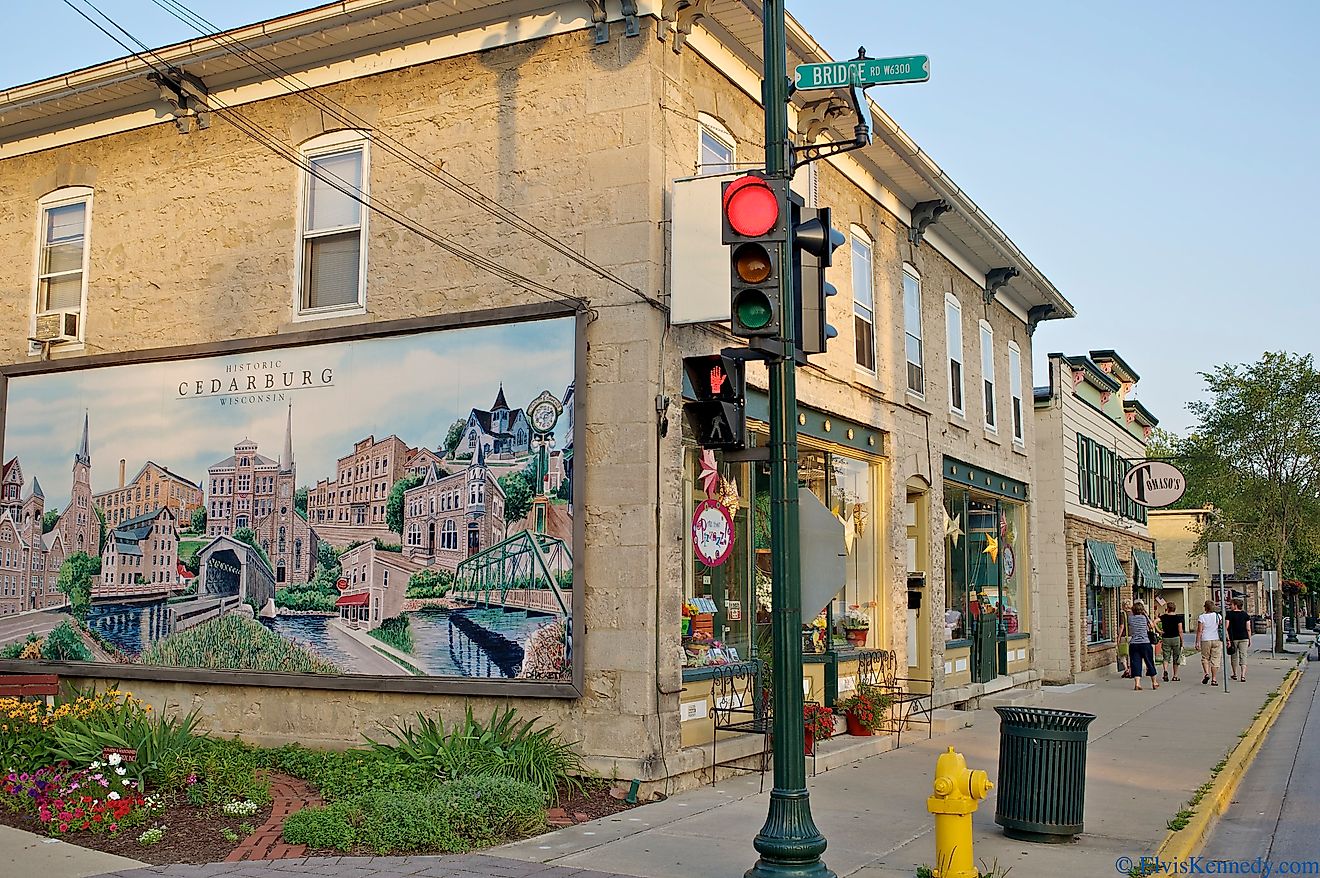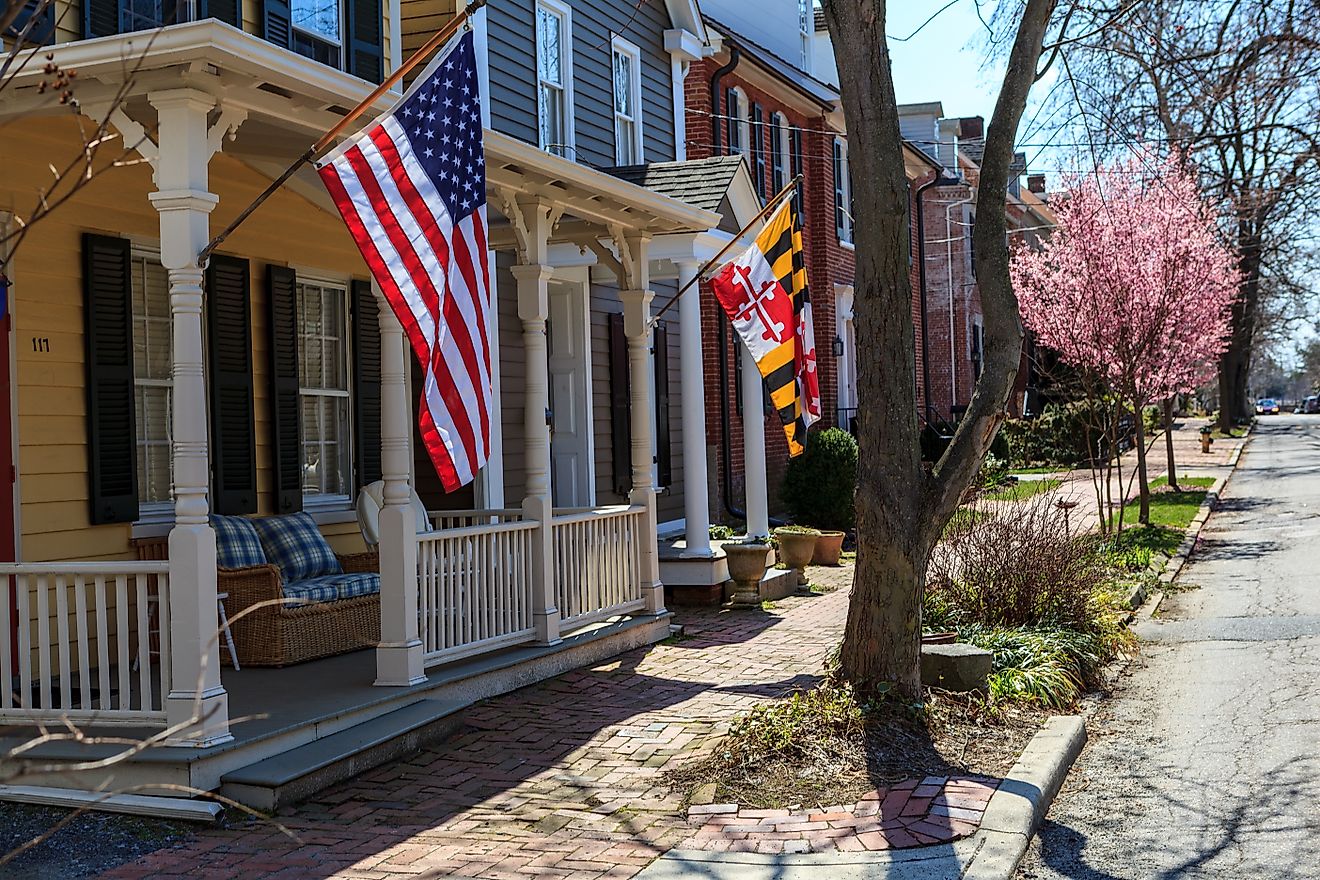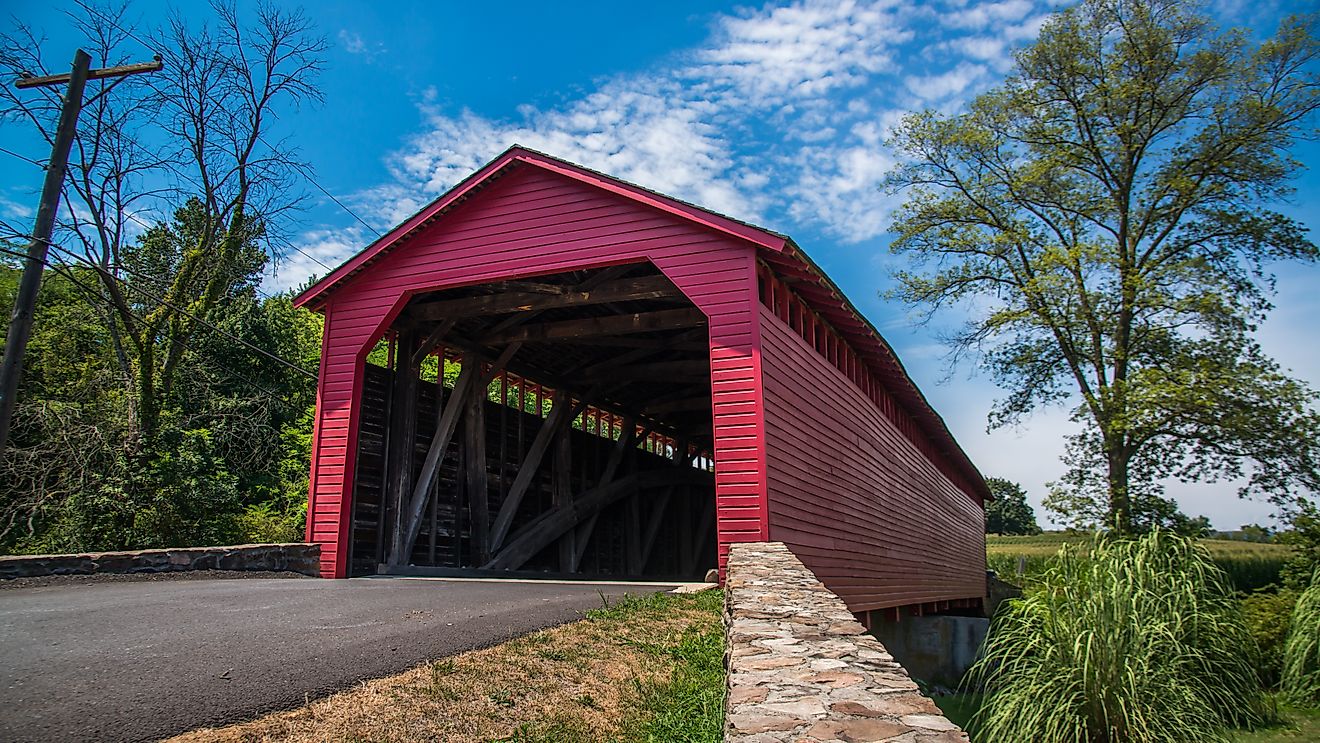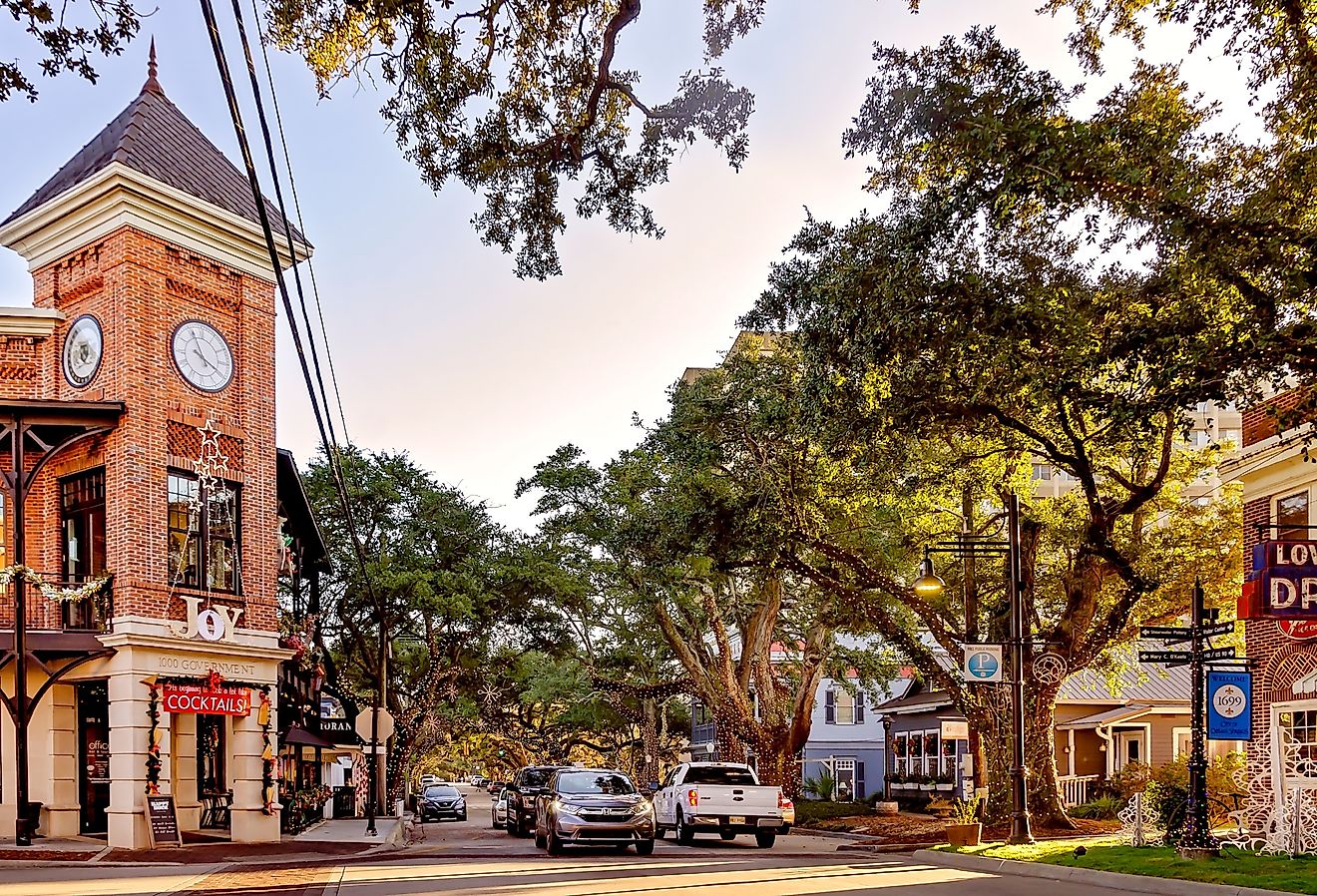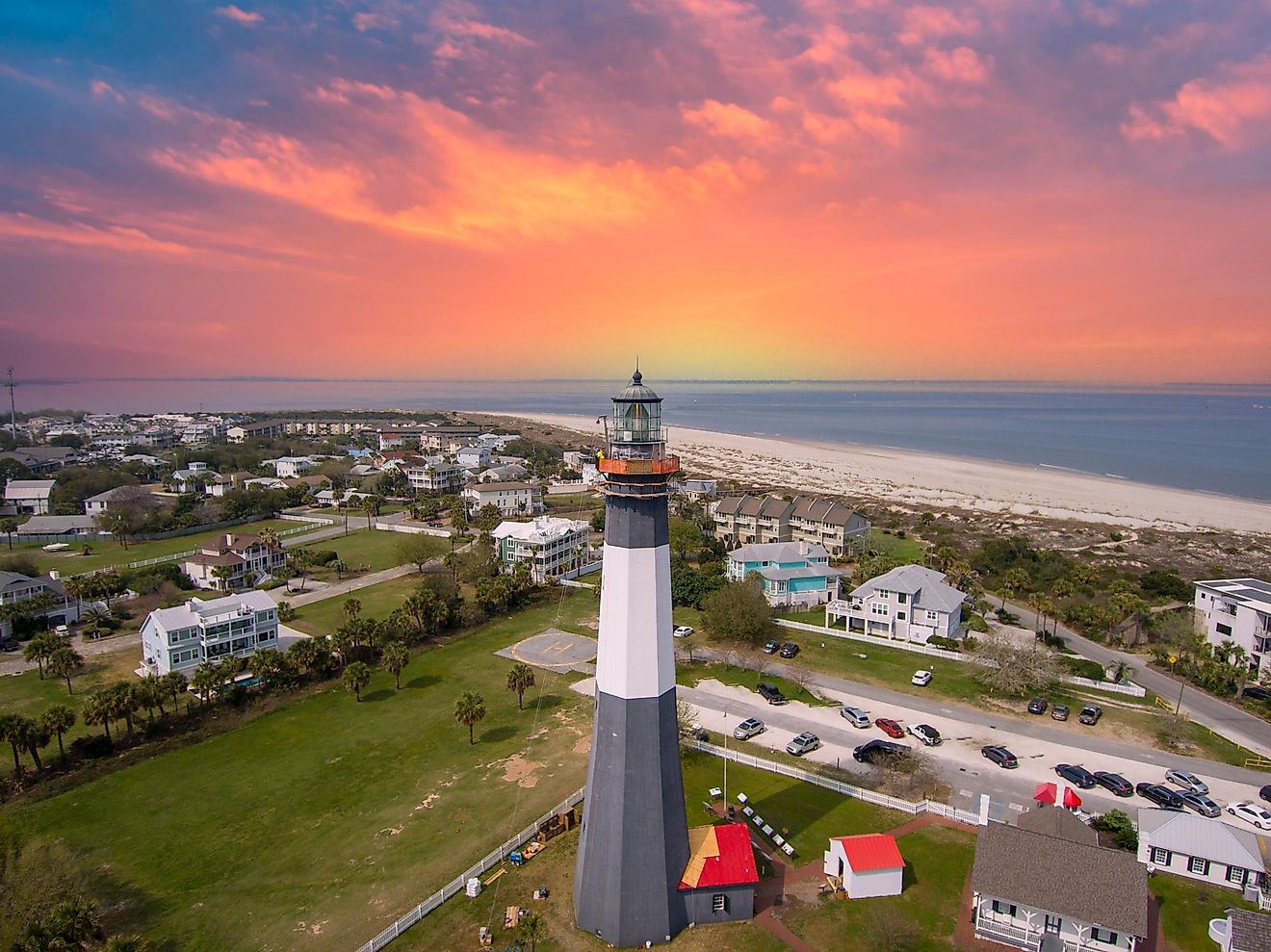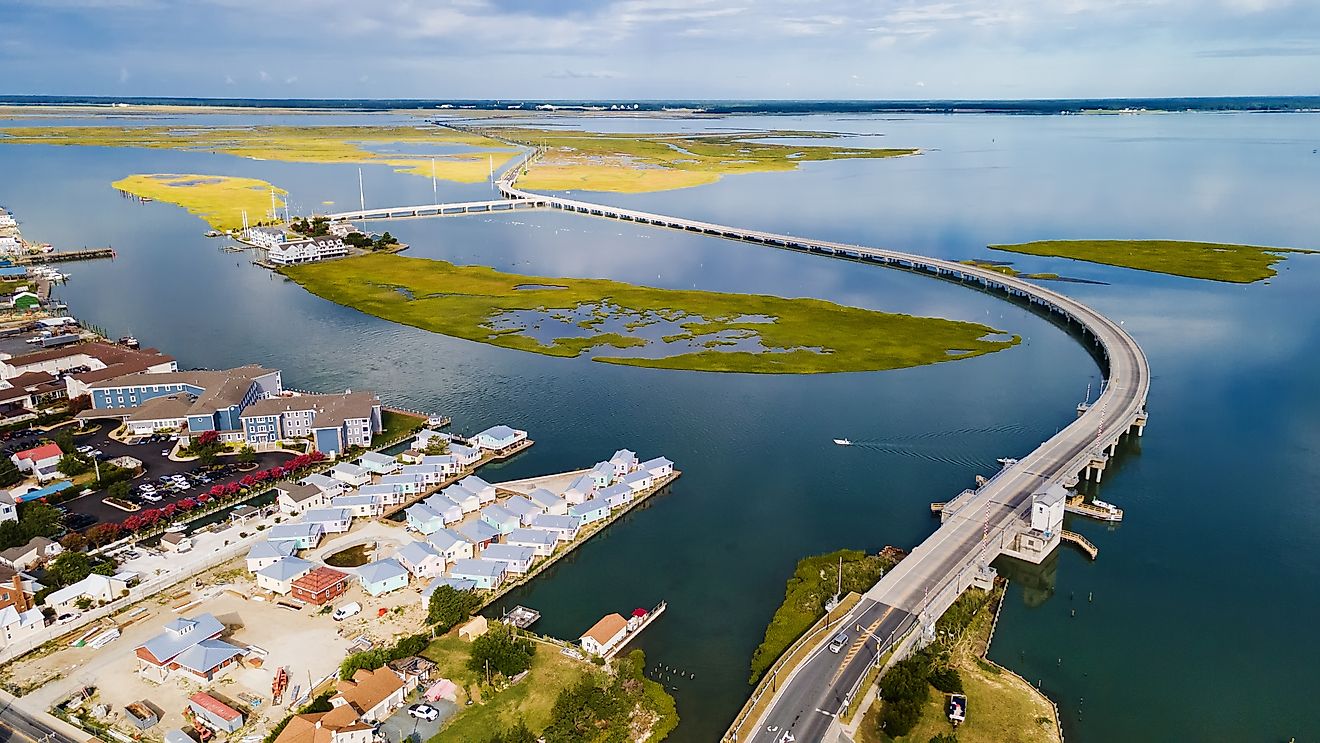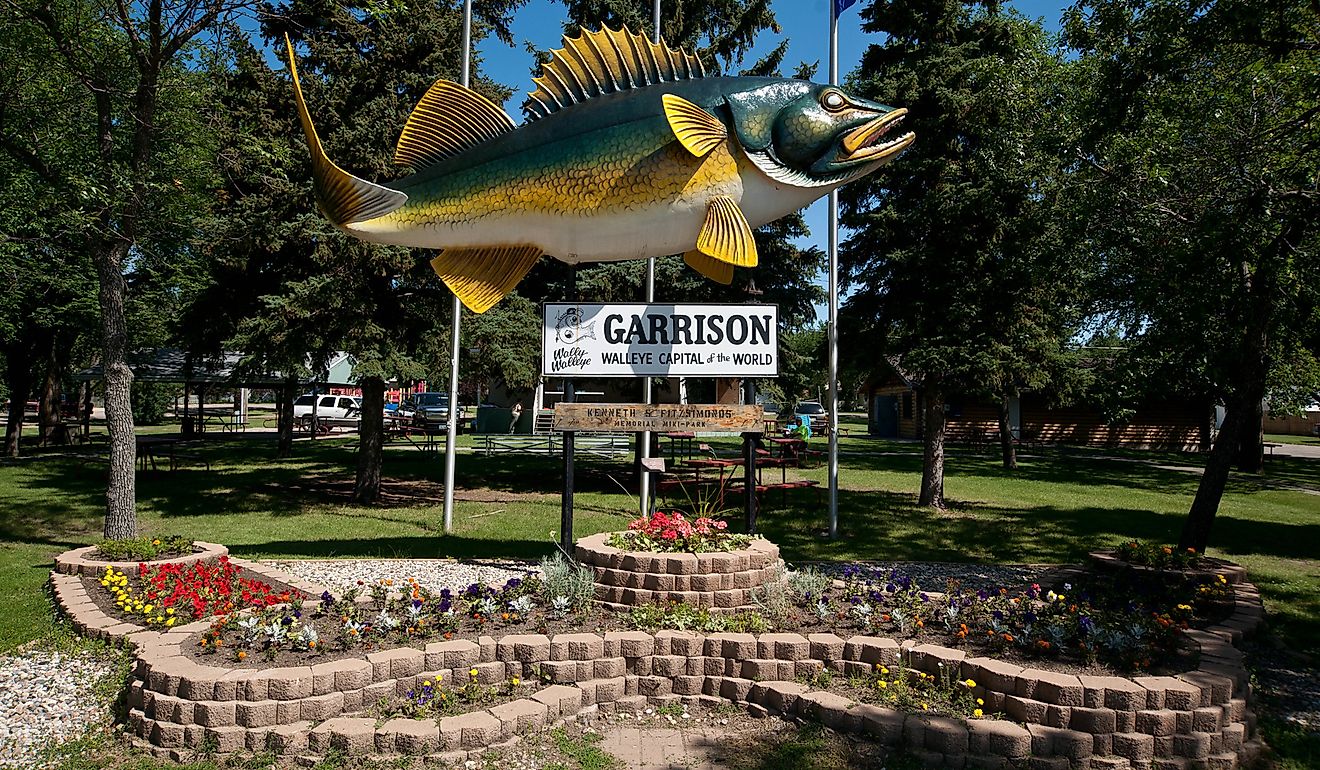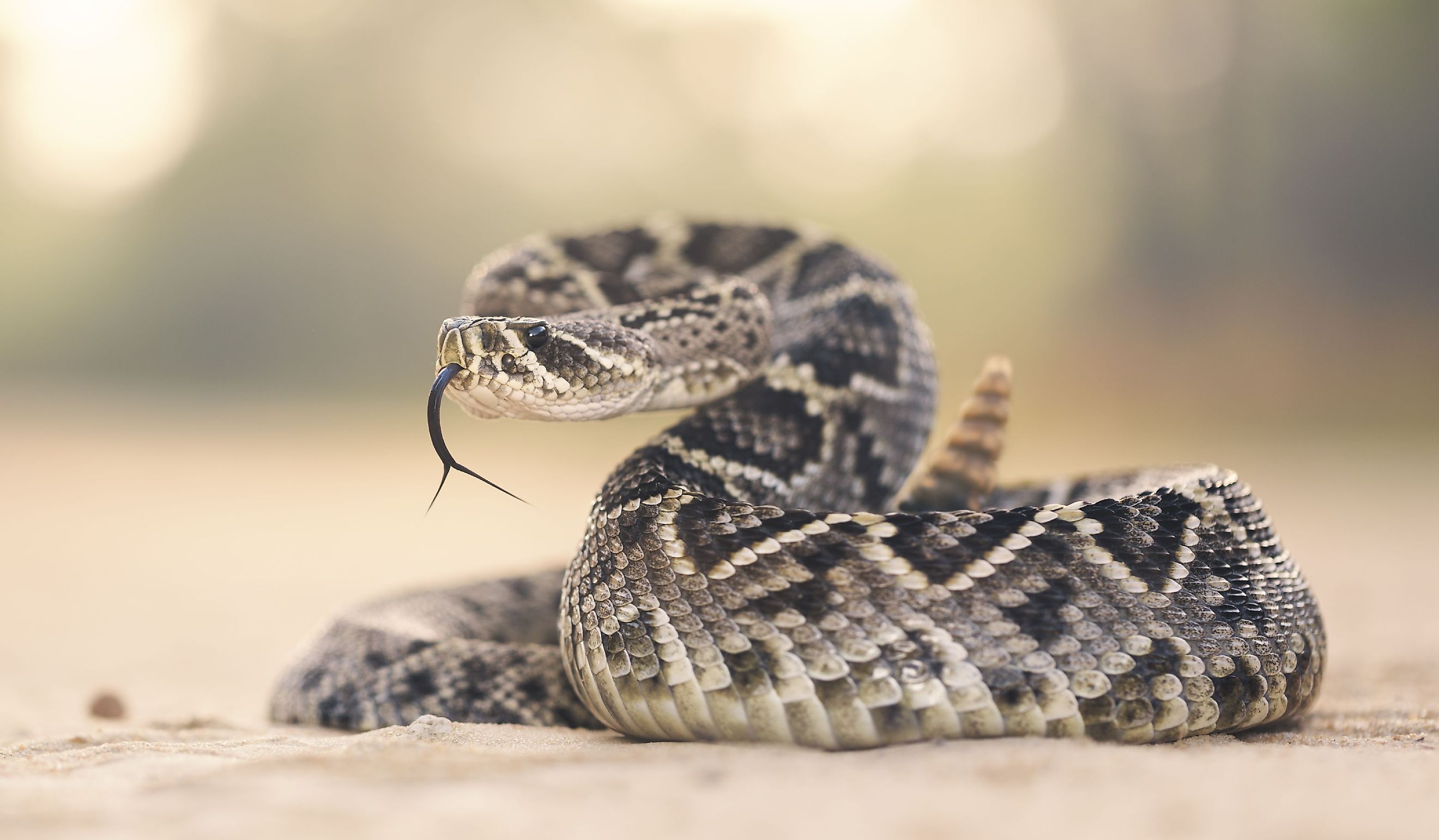
7 Most Rattlesnake Infested Areas in Georgia
Georgia is a sunny deep southern state renowned for its peaches and southern hospitality. It also has diverse landscapes from the Appalachian area of the north to the coastal towns in the south. However, these rich natural environments also hide many creatures best left undisturbed, including rattlesnakes.
Georgia has 47 species of snakes within its borders, most of which are non-venomous, but there are six species of venomous snakes that live there as well. Half of these are rattlesnakes.
From smallest to largest, Georgia is home to the Pygmy Rattlesnake, Timber Rattlesnake, and Eastern Diamondback Rattlesnake. All of these creatures are named after the rattle on the ends of their tails which they shake to warn off potential predators. They are pit vipers, which means they lie in wait for prey to pass by them. Most of them will flee from humans, but they may bite if they feel threatened.
While these snakes may be frightening to some, they serve an important role in the ecosystem of Georgia as they consume common pests like rats and mice. In addition, snake bites are a rare occurrence in the U.S., and only 5 to 6 people die nationwide from rattlesnake bites annually in the country.
That being said, one certainly doesn't want to become a statistic, so one should be aware of areas in Georgia that have high populations of rattlesnakes to keep an eye out for them.
Here are 7 of the most rattlesnake-infested areas in Georgia.
Florence Marina State Park
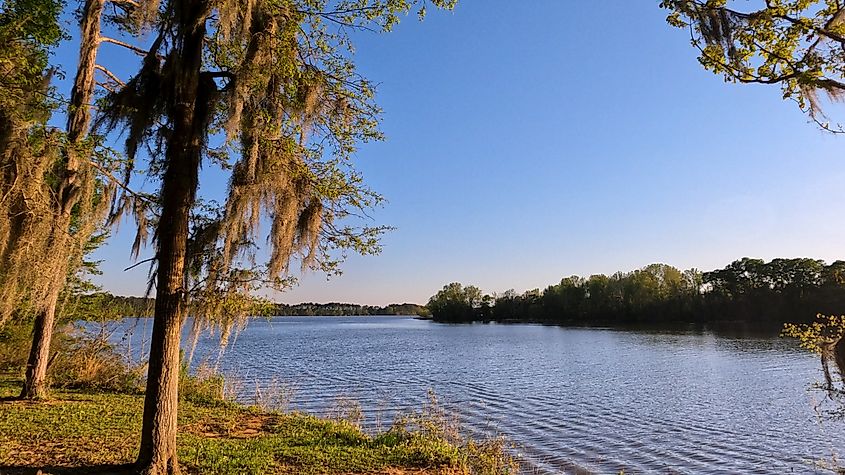
Florence Marina State Park in Georgia
Nestled in the Southern Costal Plain region of Georgia are many picturesque state parks. One such park is the Florence Marina State Park, which is located on the northern tip of Lake Walter F. George. This park is well loved by bird watchers, fishers, water sports enthusiasts, and history buffs who can look at Paleo-Indian artifacts from prehistoric times.
However, this marina happens to sit in the habitat region of all three of Georgia's rattlesnake species. The Pygmy rattlesnake is a small snake, only between 14 to 22 inches long and its rattler can break off due to its small size. Its color can range from gray to tan to lavender. Timber rattlesnakes measure between 36 to 40 inches and have dark brown or black crossbands on a brown or gray body.
The Eastern diamond rattlesnake is the most intimidating snake one can run into in the costal plain. This is the largest venomous snake in North American and typically measure between 3 to 6 feet long. Although they usually stay in drier areas, they are strong swimmers and can cross bodies of water such as lakes in order to get another destination.
Lake Hartwell

This man-made lake sits right on the border between South Carolina and Georgia and has a massive shoreline of some 962 miles. It was first created by the Hartwell Dam in 1962. When it comes to outdoor activities, there is plenty to keep outdoorsy folks busy, from a hiking trail, bass fishing, campgrounds, wakeboarding, boating, and more.
While having fun at this manmade lake, one might run into a few species of snakes, including the highly venomous cottonmouth and two varieties of rattlesnakes: Timber and Pygmy.
Timber rattlesnakes are active during all times of the day but they do hibernate during the winter. They may, at times, crawl out onto roads and trails to sunbathe. They are solitary creatures and are unlikely to be seen with other snakes save during mating season from spring to late summer.
Lake Hartwell's official site recommends that a water hose spray will get most snakes to leave if they are right in the middle of your path.
Sweetwater Creek State Park
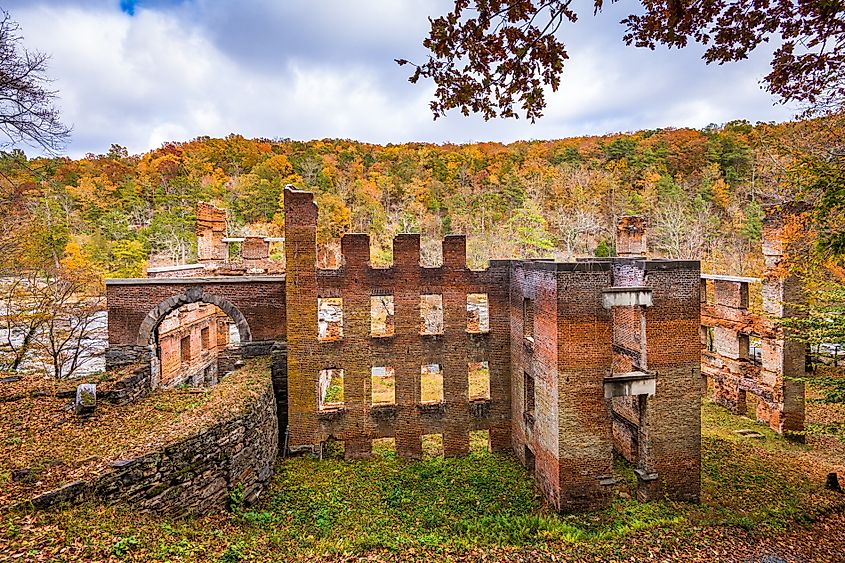
This cute destination is located a short drive away from downtown Atlanta, making it a favorite place for people looking for a respite from the big city. It features a 215 acre George Sparks Reservoir that allows fishing and picnicking. Visitors can also go on a trail that runs by the ruins of the New Manchester Manufacturing Company, which burned won during the American Civil War.
Due to its location in central Georgia, one may find Timber or Pygmy rattlesnakes, although not eastern diamondback, as those are limited to the southern parts of Georgia south of the Fall Line.
Although these creatures are unlikely to bite, a bite can cause a great deal of damage due to the hemotoxin within its venom. If left untreated, a rattlesnake bite, particularly from a timber rattlesnake can lead to organ failure. If bitten, one should stay calm, and keep the bit area low so the venom doesn’t reach the heart quickly. Of course, all bite victims should seek medical attention as soon as possible.
Fort Mountain State Park
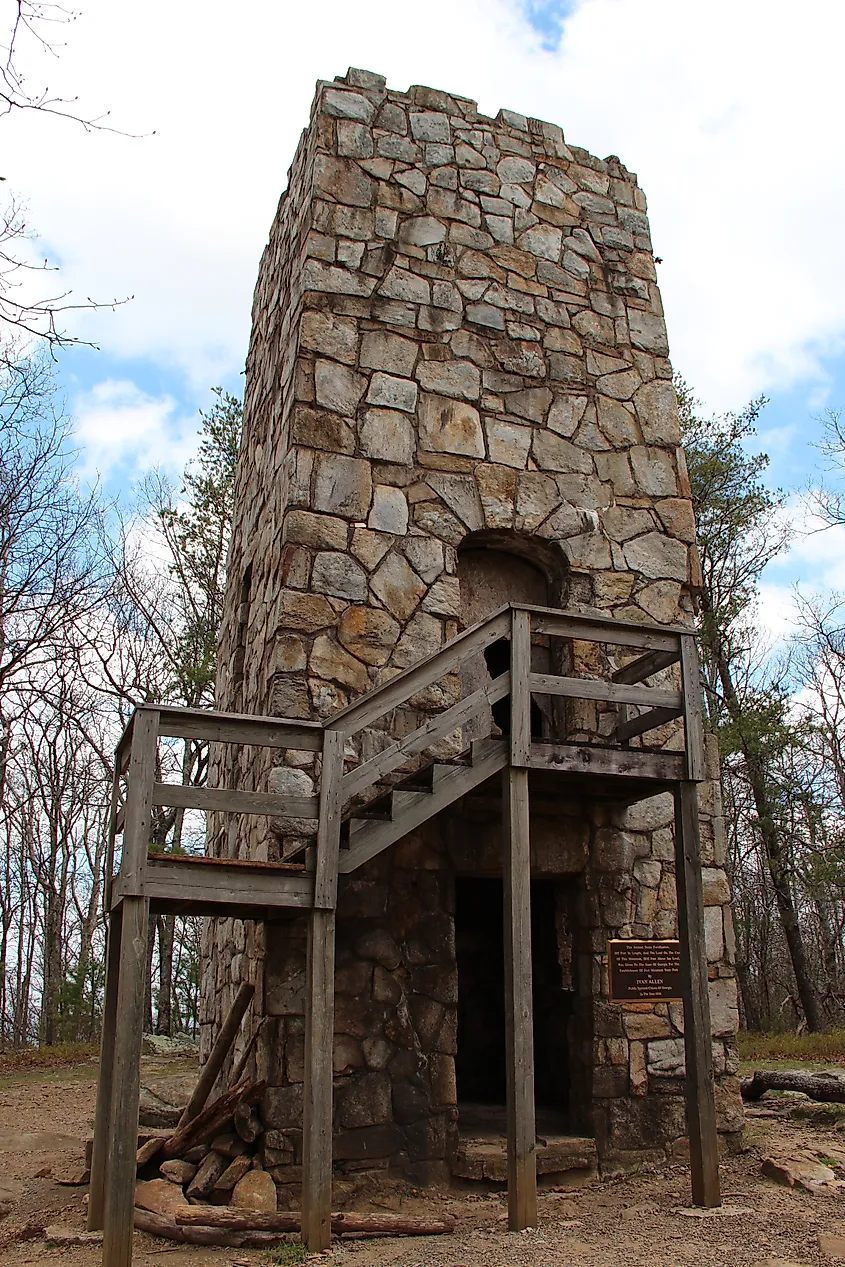
Located within the Cohutta Mountains in North Georgia, Fort Mountain State Park is an ideal place for mountain lovers, hikers, cyclists and others. It was originally owned by the Cherokee Indians, whose impact can still be felt in the area.
There are all manner of activities in the park, from a 17 acre lake, to 27 miles of biking trails, more than 25 miles of hiking trails, campsites, and a Civilian Conservation Corp Fire Tower.
Timber Rattlesnakes can be found in the mountains of North Georgia and that includes Fort Mountain. Visitors to the area have reported running into rattlesnakes while hiking. It's a good idea to wear firm hiking boots while exploring the area in case of an encounter with one of these venomous snakes.
Pine Lake
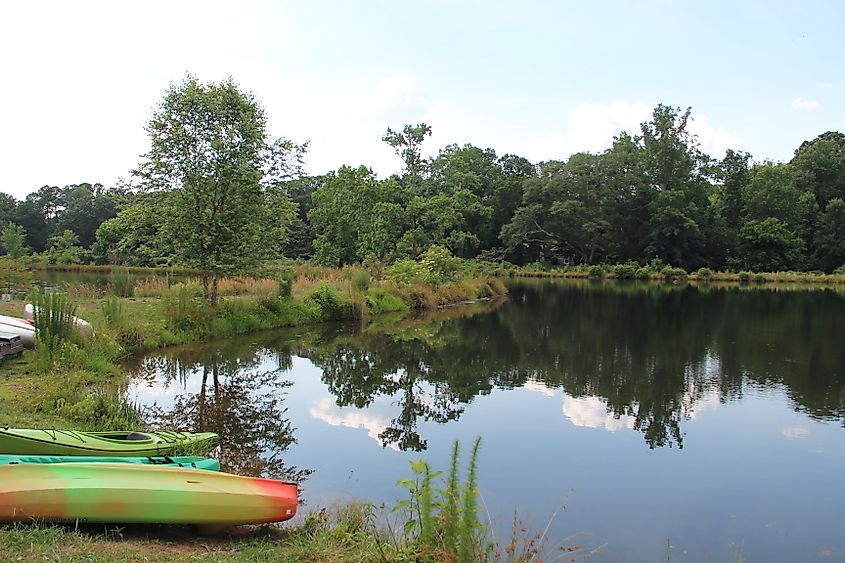
Pine Lake is a small community nestled in the larger Dekalb County. It is named after the lake itself in the center of the city. The area also has a number of wetland areas such as Eastern Wetlands made up of stormwater runoff from Snapfinger Creek.
This wetlands environment leads to a rich ecology and is a great place for snakes to congregate, including Timber rattlesnakes and Pygmy rattlesnakes.
The tiny Pygmy rattlesnake is just as solitary as the timber rattlesnakes and is active day and night. These snakes don't dig their own burrows but steal ones from rodents or tortoises. They will eat other rodents or small lizards such as skinks. Due to their small size, they don’t have a lot of venom and are unlikely to deliver a fatal dose of venom to a person.
Jekyll Island
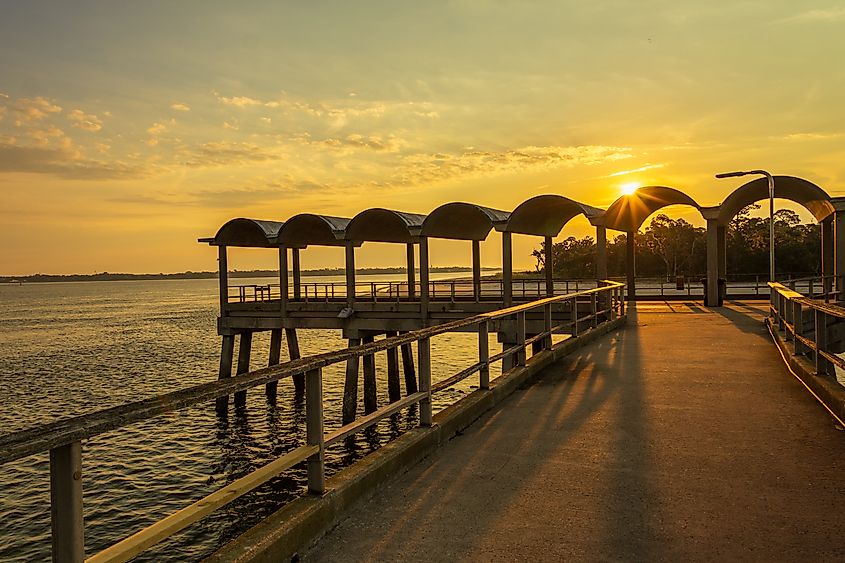
Located in the Golden Isles, Jekyll Island is a serene destination for visitors to Georgia. Although the name conjures up the dark tale of Dr. Jekyll and Mr. Hyde, the Island itself is a quaint and pretty place.
For one, there are 10 miles of beaches for visitors to explore and swim, as well as multiple island activities such as the Mosaic Jekyll Island Museum, Georgia Sea Turtle Center, mini golf, and more.
However, one should be aware of the several reptile predators in the area such as alligators and Eastern Diamondback Rattlesnake.
This massive snake has a fairly large population in the coastal region of Georgia, which is great for controlling the populations of rodents and rabbits. The island uses radio-tracking to keep an eye on these snakes both for conservation and to minimize the risk of human encounters.
The island warns that most snake bites in America take place when someone tries to handle or kill a snake, so the best action is simply to leave it alone.
Cumberland Island National Seashore
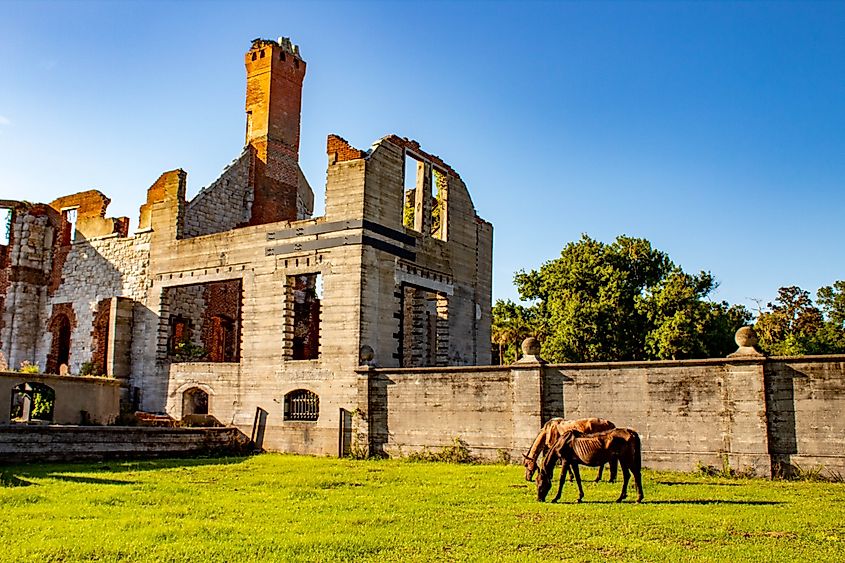
Also located in the coastal region, the Cumberland Island National Seashore is only accessible via ferry in St. Marys, Georgia, and is a great destination for wildlife spotting in Georgia. On the seashore, one can explore 17 miles of undeveloped beaches or explore multiple historic buildings like the 20th century 22,000 square foot Plum Orchard Mansion, built for George Lauder Carnegie, or the Dungeness Ruins of the 1884 mansion that burned down in 1959.
However, visitors should be very careful of visiting these ruins, as they are a favorite place to hide for snakes looking for prey. This includes the Eastern Diamondback Rattlesnake. This rattlesnake can grow up to 8 feet and has a diamond-shaped pattern along its back.
This creature will bite its prey first, then wait for it to die before consuming it. It tends to be most active during the evenings or early in the mornings, while avoiding the hot temperatures in midday. Due to its highly venomous bite, visitors should be very cautious when exploring the ruins or shore of the Cumberland Island.
Snakes do not mean any harm to humans as we are not their prey. However, like any creature, it will lash out when threatened. When encountering any snake, regardless of its type, one should give it a wide berth and, if possible, snap a photo so you can better identify it.
The worst mistake one can make is trying to handle or kill one of these snakes. For one, in many places the snakes are protected and it's illegal to kill them. For another, harassing them is asking for trouble. When exploring these rattlesnake infested areas in Georgia, stay aware of your surroundings and follow local guidelines. Snake bites are rare, but it's always best to be cautious and show these creatures respect.
